In the 12th century, King Géza II of Hungary invited German craftsmen and merchants, generally known as Transylvanian Saxons, to settle in Transylvania, at the time part of the Kingdom of Hungary, to defend the frontier of the realm. Among the first settlements founded by the Saxons was the town that is now known as Sighișoara (Schäßburg in German).
Later on, during the Mongol Invasion (mid 13th century), many Transylvanian towns were fortified in order to be protected. Seven of the main fortified cities were particularly important and, because of these seven city, Transylvania was called Siebenbürgen in German or Septem Castra in Latin, that literally mean Seven Fortresses. Sighișoara was one of them and played an important role, both military and commercial, in the border region between central and south-eastern Europe.
It is interesting to note that many villages in Transylvania featured even fortified churches and seven of these villages are included, since 1993, in the UNESCO World Heritage List under the name Villages with fortified churches in Transylvania. Unfortunately I haven’t visited any of them yet.
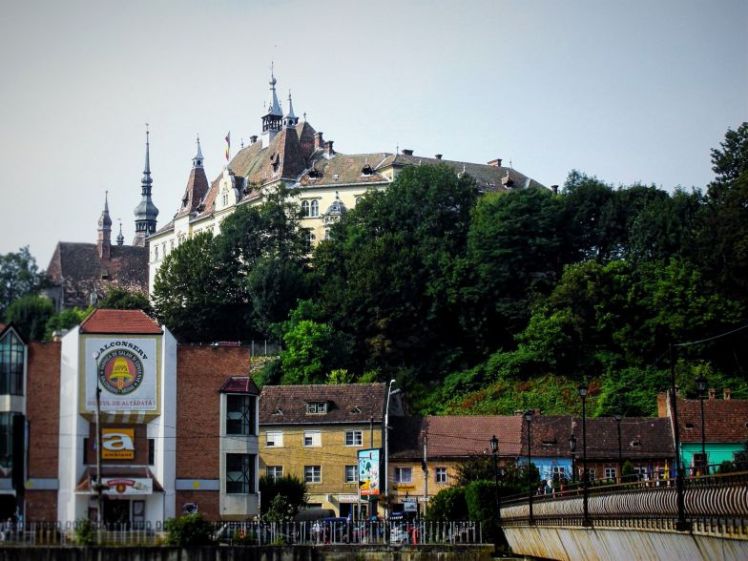
The Historic Centre of Sighișoara is inscribed in the UNESCO World Heritage list since 1999. The city can be reached easily from any major city in Transylvania by bus or train. I personally went to Sighișoara on a day trip by train from Brașov.
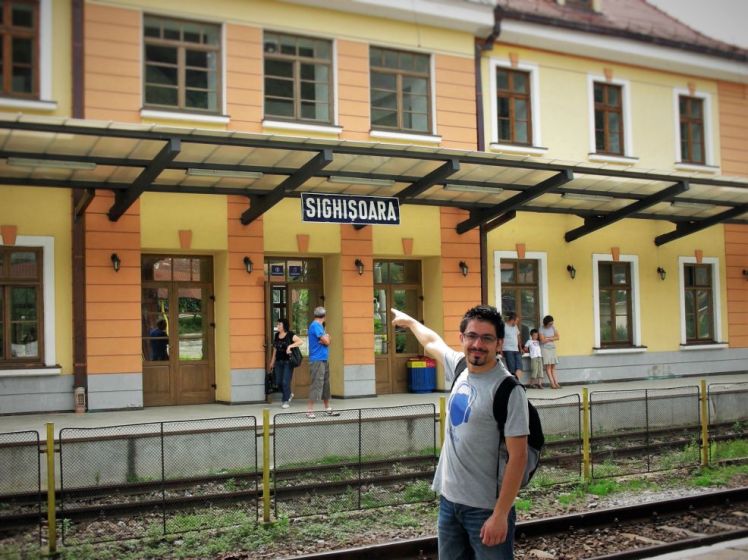
The best way to visit the historic centre of Sighișoara is on foot. The citadel is small and with good weather it is very pleasant to walk along the narrow streets and stop at one of the many cafés for a drink. The citadel is in incredible conditions. It looks and feels as if it still is a medieval town, except for the few cars parked here and there.
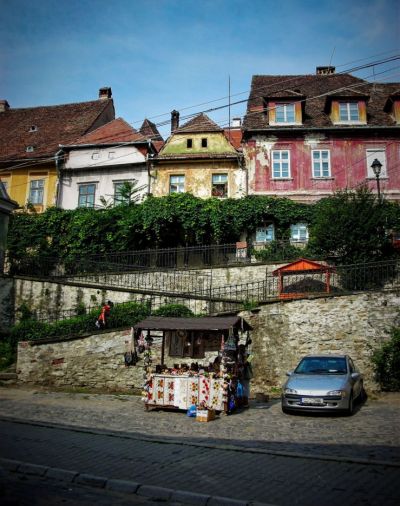
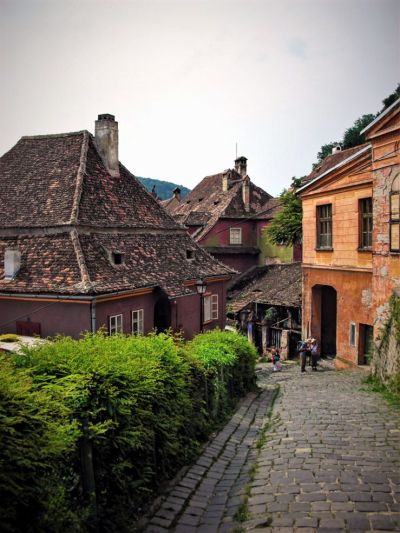
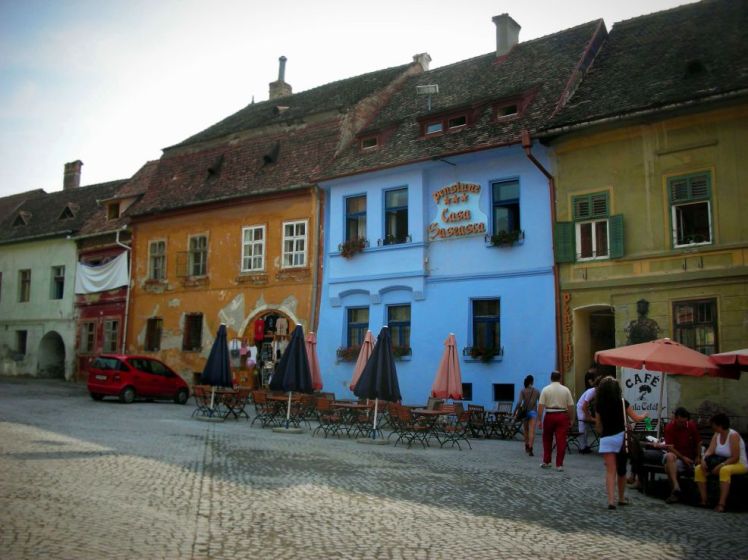
At the end of one of the main roads there a stairway, completely covered with a wooden structure, that leads to the Biserica din Deal (literally Church on the hill). The church, one of the most important of Transylvania, dominates the city from the hill and it’s visible from every direction, even from far away.
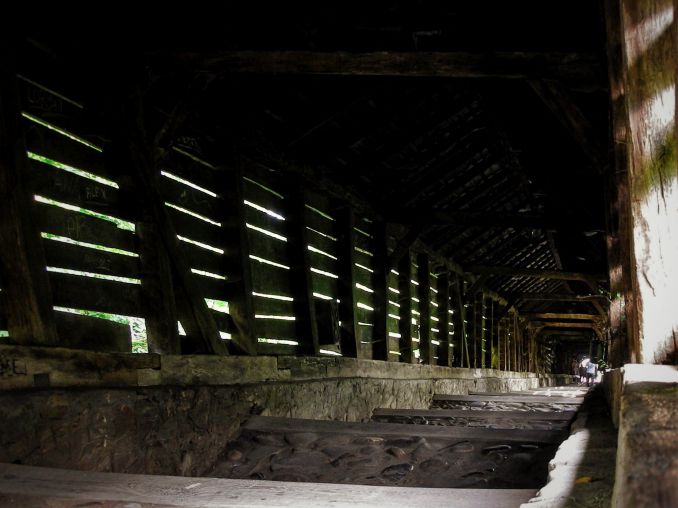
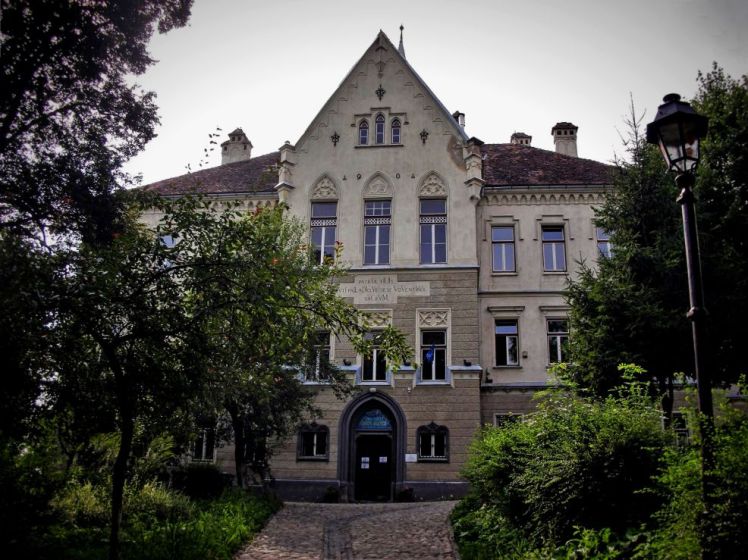
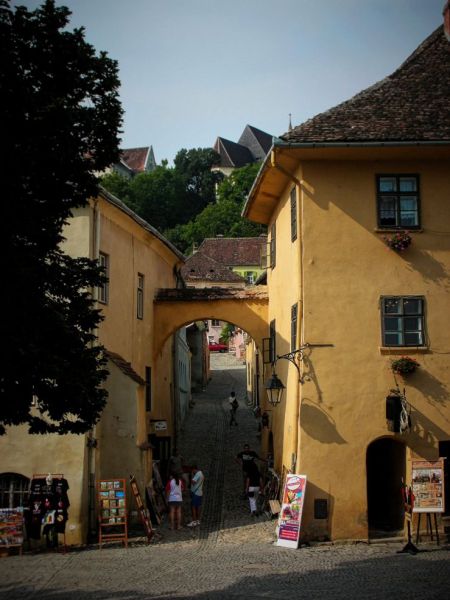
Another church is the 13th century Biserica Mânăstirii Dominicane, the Monastery Church, which is interesting for the fact that it doesn’t have a bell. It is believed that the Saxons considered the bell of the Church on the Hill enough for the entire city so they didn’t place one on this other church.
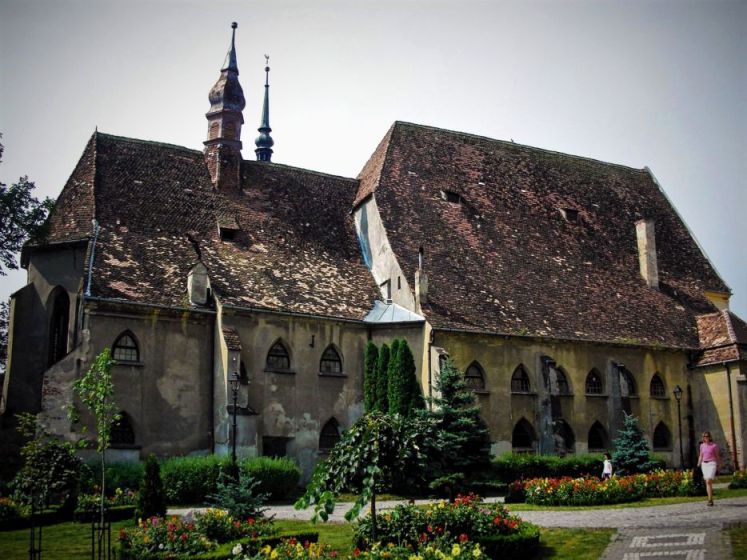
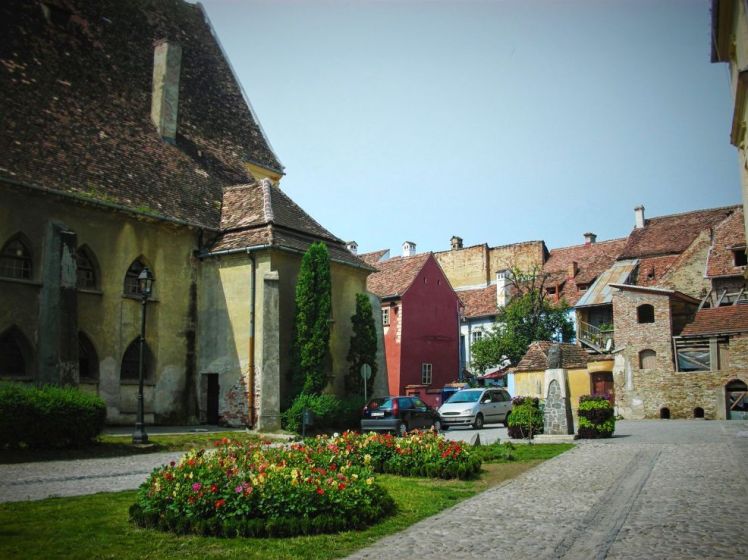
The most recognizable landmark of Sighișoara is the Turnul cu Ceas, the Clock Tower. It’s the main entry point of the citadel and with its size it dominates the whole city. The are also several other towers still standing around the citadel, named after different important medieval crafts.
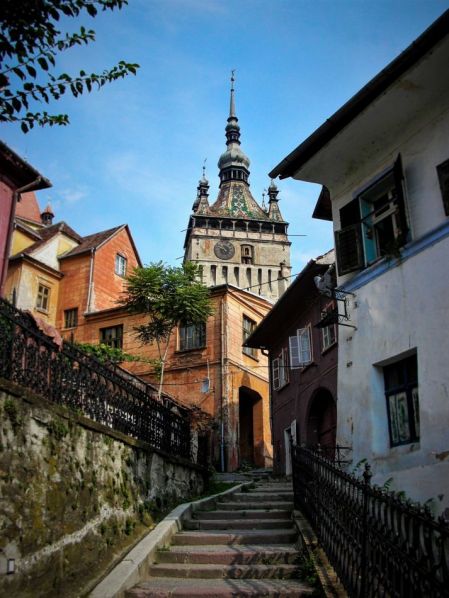
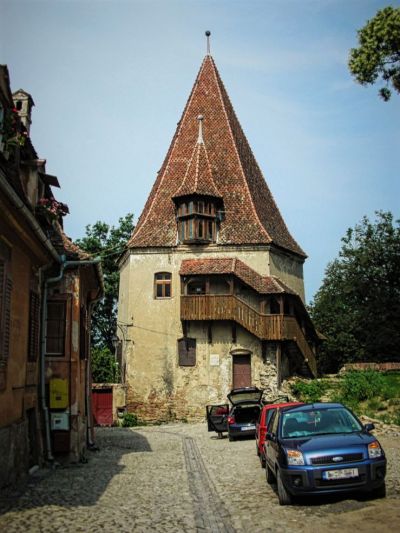
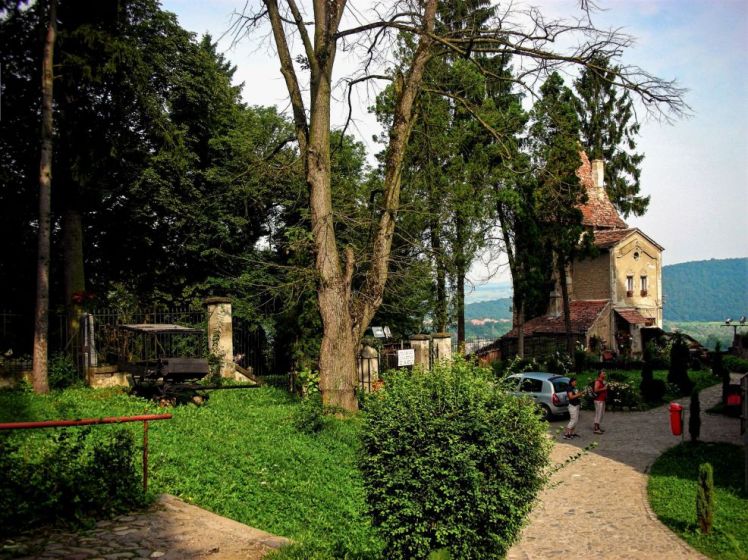
Another curious fact is that Sighișoara is the birthplace of the (in)famous Vlad III the Impaler, better known as Vlad Drăculea or Vlad Dracula, the historical figure who inspired the character of the vampire Count Dracula in Bram Stoker’s novel Dracula.
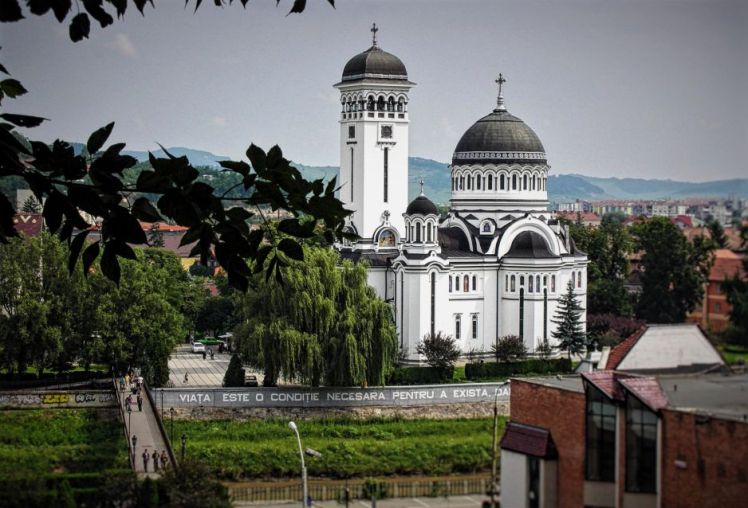
I really enjoyed the day wandering around the historic beauty of Sighișoara. The place, although touristy, is quiet and retains a certain medieval atmosphere. The buildings are well preserved and generally very colourful, creating a delightful combination that is pleasing to the eyes. I ignore if it’s the norm but, on the day I was there, a group of locals were entertaining the tourists by wearing traditional costumes, playing local music and offering to take pictures with people. It was an unexpected but certainly appreciated surprise.
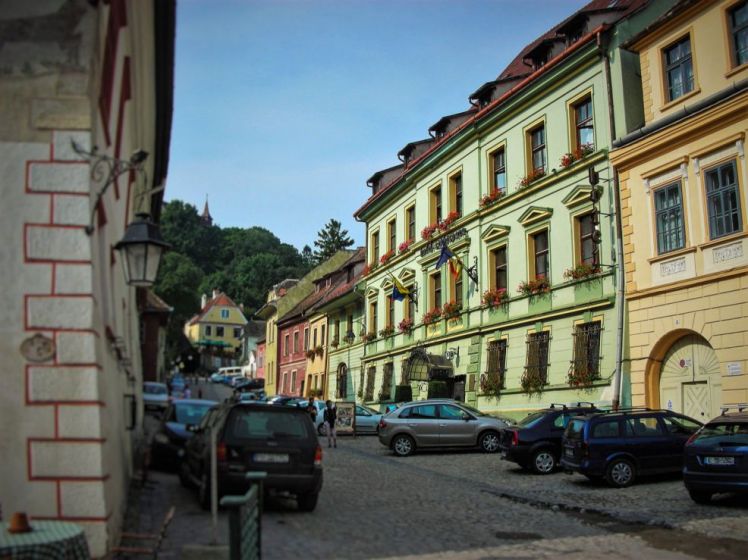
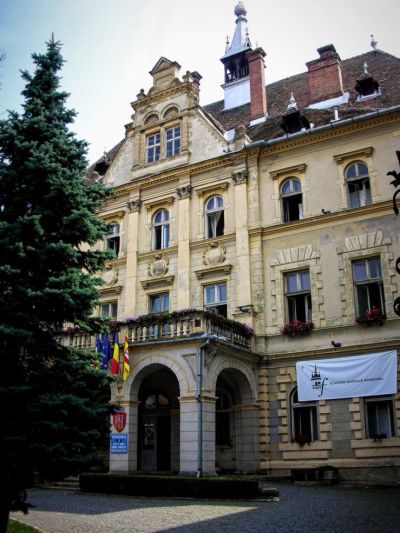
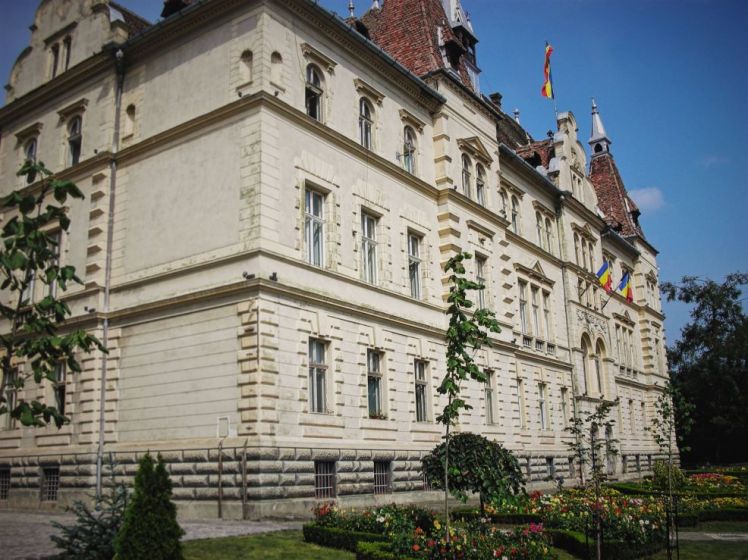
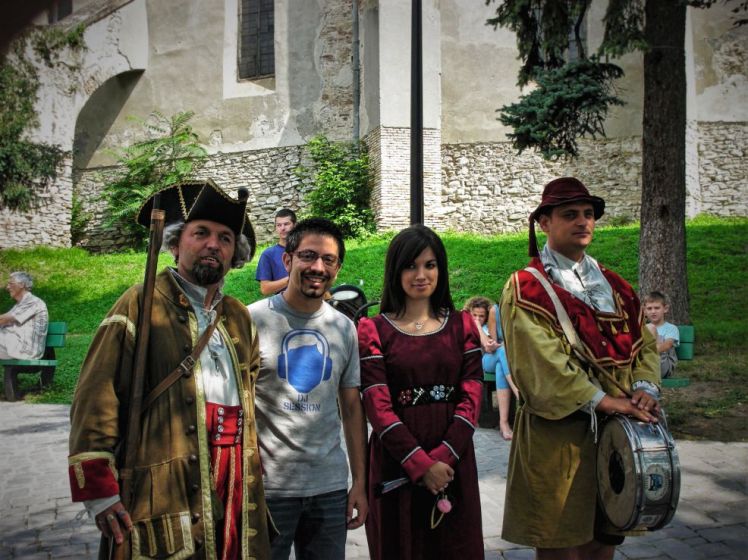
Reasons for being inscribed in the UNESCO World Heritage List
The inhabited citadel of Sighișoara is the best preserved example of the architecture and culture of the Transylvanian Saxons. Its 850-year history is now coming to an end and the cultural heritage is threatened by the constant emigration of the Saxons toward Germany, where they are still considered citizens. In 2011 the German population was only about 1.5% of the total population of the city. Therefore Sighișoara will remain the only testimony of that particular culture in Transylvania and, thanks to World Heritage List, it will be preserved for the future generations.
How long is long enough?
Sighișoara’s citadel is small. It can be covered on foot easily, despite of its position on top of a small hill. It doesn’t take very long to walk around the entire centre but it’s worth to spend some time visiting the churches and the towers that surround the citadel and trying some local food at one of the restaurants in town.
Transylvania is a fascinating region of Romania; very picturesque, with beautiful nature and rich history. Several interesting cities fill up the tourist guide books of Transylvania; they are all well worth a visit and Sighișoara, although very small, is definitely one of them and it won’t fail to captivate any visitor for a few hours.



Sighisoara certainly rebranded itself as a medieval destination. Over the last years, locals dressed in costumes were to beseen only during the Medieval Festival in the summer, but now it has become something “normal”, just like in an amusement park.
LikeLike
Thank you for you comment Luminita. It certainly clarifies my doubt about the locals dressed in costumes. I wish I could be there during the Medieval Festival.
I saw on your website that you have many interesting tours in Romania. If I come back to visit your beautiful country, I’ll make sure to check them out.
LikeLike